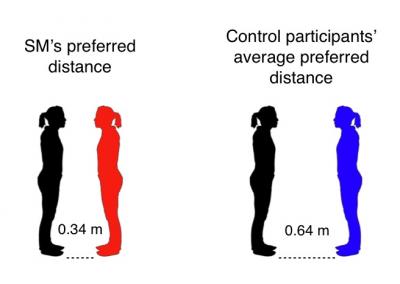
© Ezra Shaw/GettyReferees are more likely to award points to a competitor dressed in red
Imagine you are an experienced martial arts referee. You are asked to score a number of taekwondo bouts, shown to you on video. In each bout, one combatant is wearing red, the other blue. Would clothing colour make any difference to your impartial, expert judgement? Of course it wouldn't.
Yet research shows it almost certainly would. Last year, sports psychologists at the University of Münster, Germany, showed video clips of bouts to 42 experienced referees. They then played the same clips again, digitally manipulated so that the clothing colours were swapped round. The result? In close matches, the scoring swapped round too, with red competitors awarded an average of 13 per cent more points than when they were dressed in blue (
Psychological Science, vol 19, p 769). "If one competitor is strong and the other weak, it won't change the outcome of the fight," says Norbert Hagemann, who led the study. "But the closer the levels, the easier it is for the colour to tip the scale."
This is just the latest piece of research suggesting that exposure to certain colours can have a significant effect on how people think and act. Up to now most of the research has focused on red clothing in sport, but other colours and settings are being investigated too. It is becoming clear that colours can have an important, unappreciated effect on the way your mind works - one that you really ought to know about.
